
Elevated vegetable garden: why plant high?
Elevated vegetable garden: why plant high?
It is one of the vegetable gardens that is much talked about these days: the raised vegetable garden. But what exactly is the point of growing up in height? What are the benefits of this type of cultivation for the gardener?How do you set it up at home? Find out below all the answers to any questions you might have about this new way of gardening.
Gardening high to avoid pain
If creating an elevated vegetable garden has advantages in many ways, it is above all a more ergonomic way of gardening and relieving one's back. This will not have escaped you if you are used to cultivating: taking care of your garden involves a set of more or less physical tasks, which can cause aches and pains or even severe back pain..
The raised vegetable garden is by definition higher than a conventional vegetable garden, so the gardener avoids having to bend down, and allows him to reduce the amptudyof his movements. Whether it is to work the land, rid it of weeds, plant, sow or harvest, a vegetable garden halfway up represents a lesser penalty... But also the opportunity to garden for people with reduced mobility..
The raised vegetable garden for better quality soil
Another advantage of raise your vegetable garden is to obtain better quality land.By growing in a pot on feet or on a mound, you will no longer risk treading - and thus compressing - the soil that surrounds your crops. And it's plants that will thank you, as it plays on how they thrivet... They will no longer have any rooting problems, and you can say goodbye to the roots too tight, and hello to a well-ventilated soil!
The same applies to soil drainage: this will be improved, since excess water is much easier to drain from an elevated vegetable garden, especially if it is in contact with the ground. As for the temperature of the earth, it will also increase much faster after the winter, which will be an excellent reason to grow over longer times..
Raise your garden high: productivity trump
Because your crops are placed in bins or mounds, they will be less accessible to pests and greedy animals - we can understand them! - and you will no longer have to space them to create alleys. So you can grow more varietieson a mini piece of land, all while having easy access (YOU, not slugs!) to each of them..
For the same reasons, watering cultivated fruits, vegetables and herbs will be more effective on a high-rise vegetable garden, as will mulching— whether it is a winter mulch or summer mulch - or the amendment of the soil to increase fertility. In short, in total, it is all the tasks of the gardener that are facilitated..
Focus on the drawbacks of the raised vegetable garden
We cite many advantages to raise your vegetable garden ... But there are some drawbacks,we can not hide it from you! Even if growing it at height will allow you to improve your productivity, you will unfortunately not harvest as much as by growing on a large area in a garden.
On the other hand, some species will not necessarily thrive well in a high-rise vegetable garden, where this mode of cultivation will not be a problem for others. Forget, for example, cucurbits,which will not find enough space to grow.
However, if you have a small area or balcony, have reduced mobility or just want to get your hands on gardening, the raised vegetable garden will be a perfect solution. It's up to you!
I'm getting started... But what type of elevated vegetable garden to choose?
There are several types of elevated vegetable gardens, the criterion that differentiates them is the way they are laid out. Two large families are among the possible developments:
- That of the vegetable gardens on feet,contained in commercially-owned bins that are particularly suitable for people with reduced mobility, as long as they can be maintained both seated and standing;
- And that of the vegetable gardens raised but still in contact with the soil,which areactually bottomless bins. Most of the time, they are bounded by borders that, depending on their height, determine the depth of the substrate layer that hosts the crops. However, they can also be in the form of simple,unmarcated mounds.
What varieties to grow in my raised vegetable garden?
As mentioned above, not all cultures lend themselves to high-rise cultivation. So consider favouring plants whose roots do not take up too much space,the space between the plants is generally reduced, and which do not compete too much with each other in terms of water needs and sunshine..
If you plant tomatoes or cucumbers, for example, consider alternating with salads or spinach, the former requiring significant sunlight and not the latter. For the rest, it's up to you to see according to your tastes!
On Multitanks.fr,find gardening equipment and seeds to plant.
A question about one of our products? Don't hesitate to contact us!
Share this content

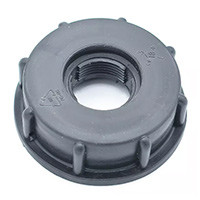
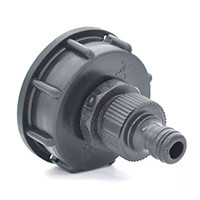




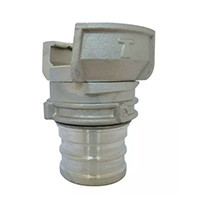
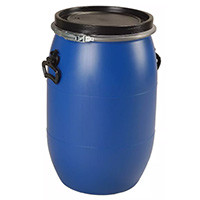

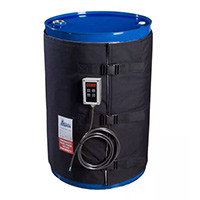


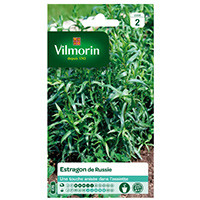








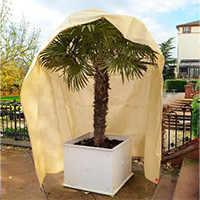


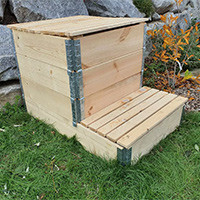


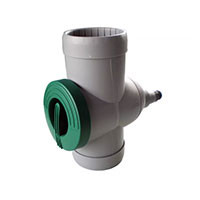

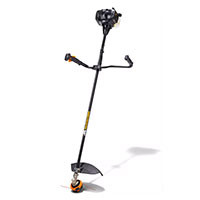
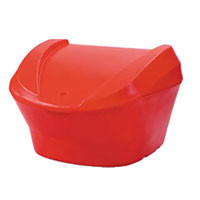
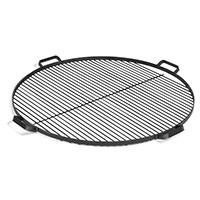

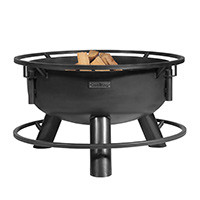










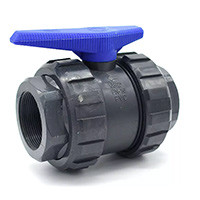
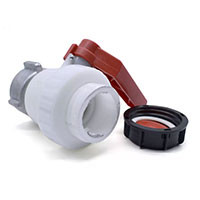

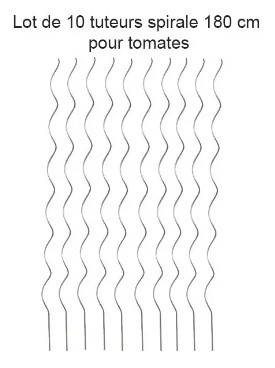
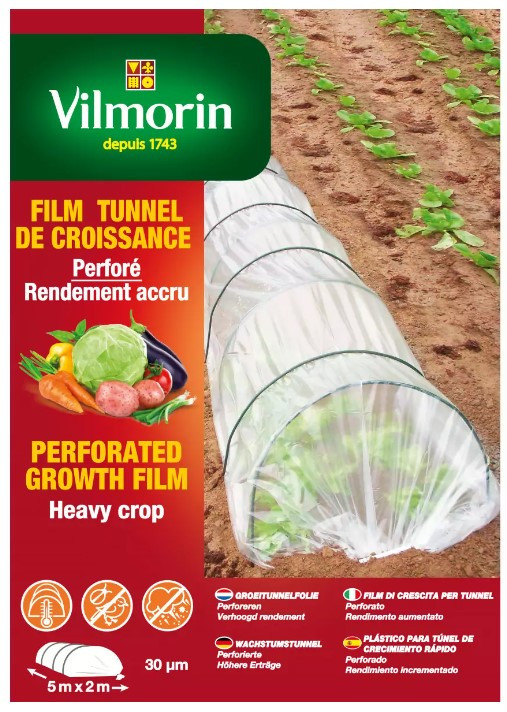
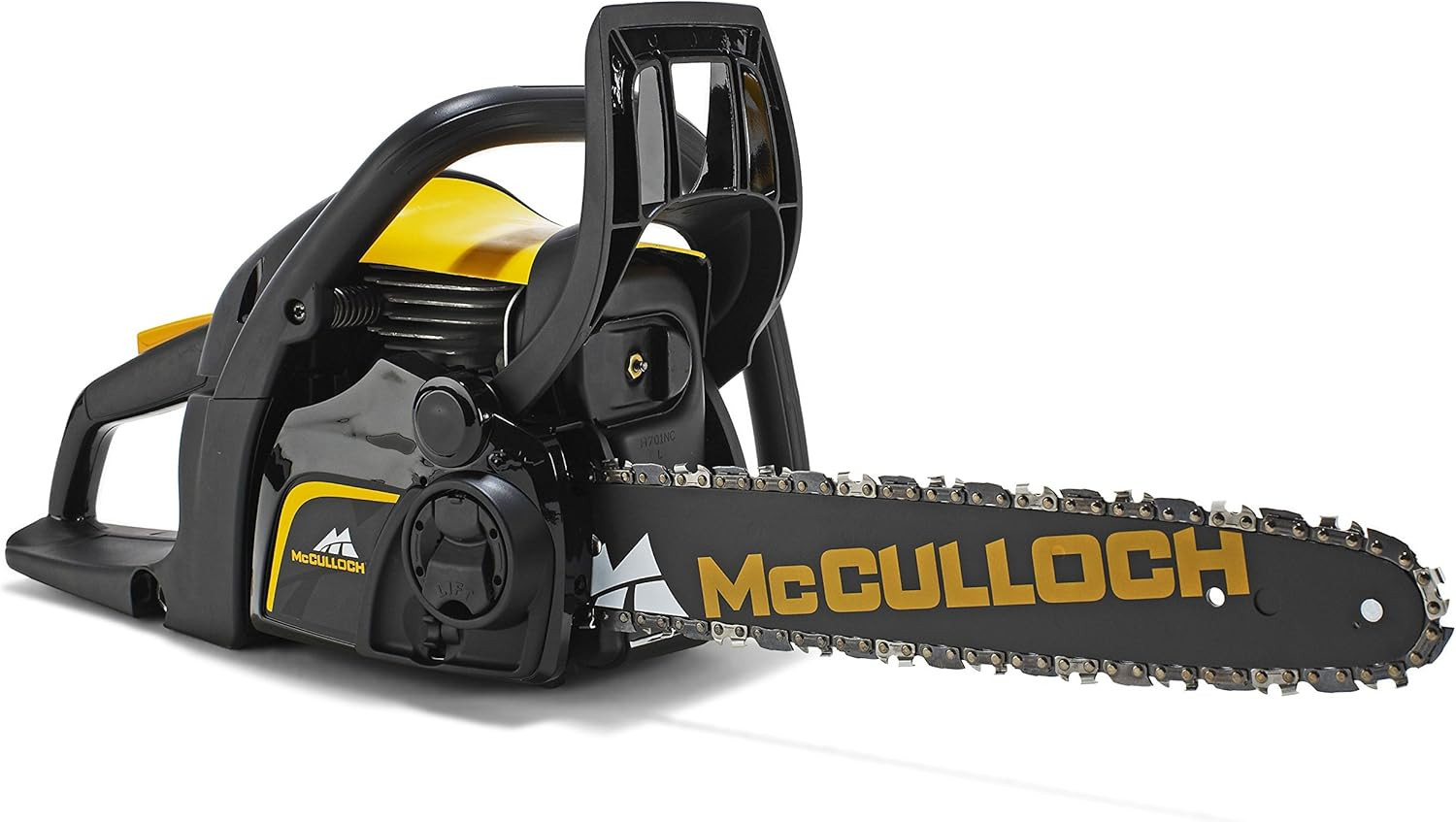





_688cc30f83e4e.jpg)


